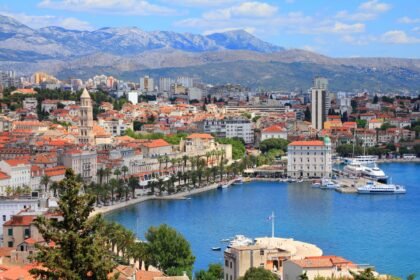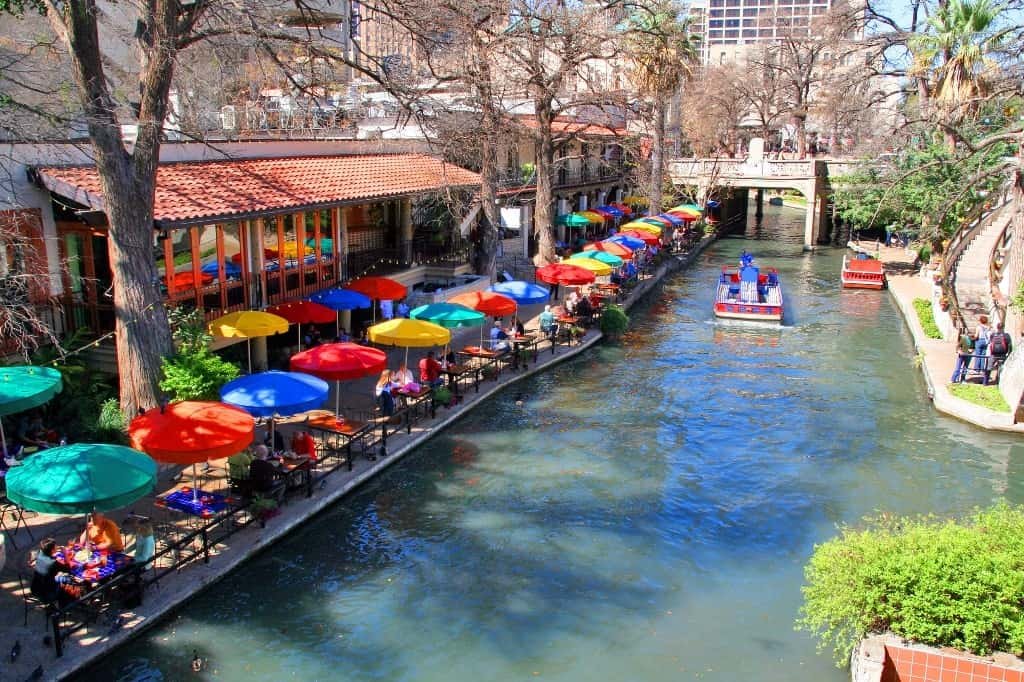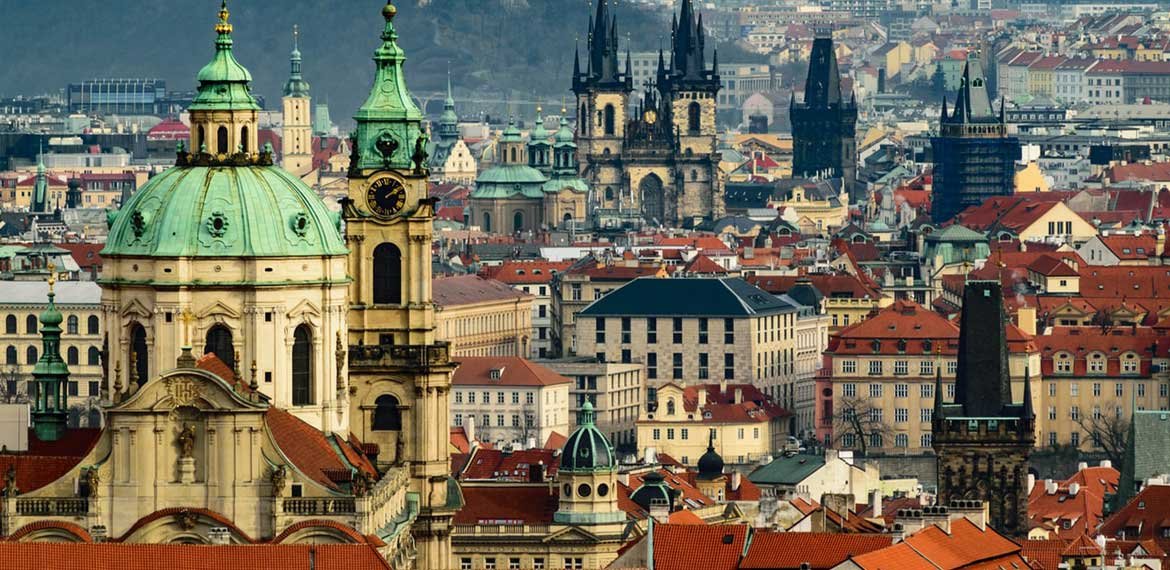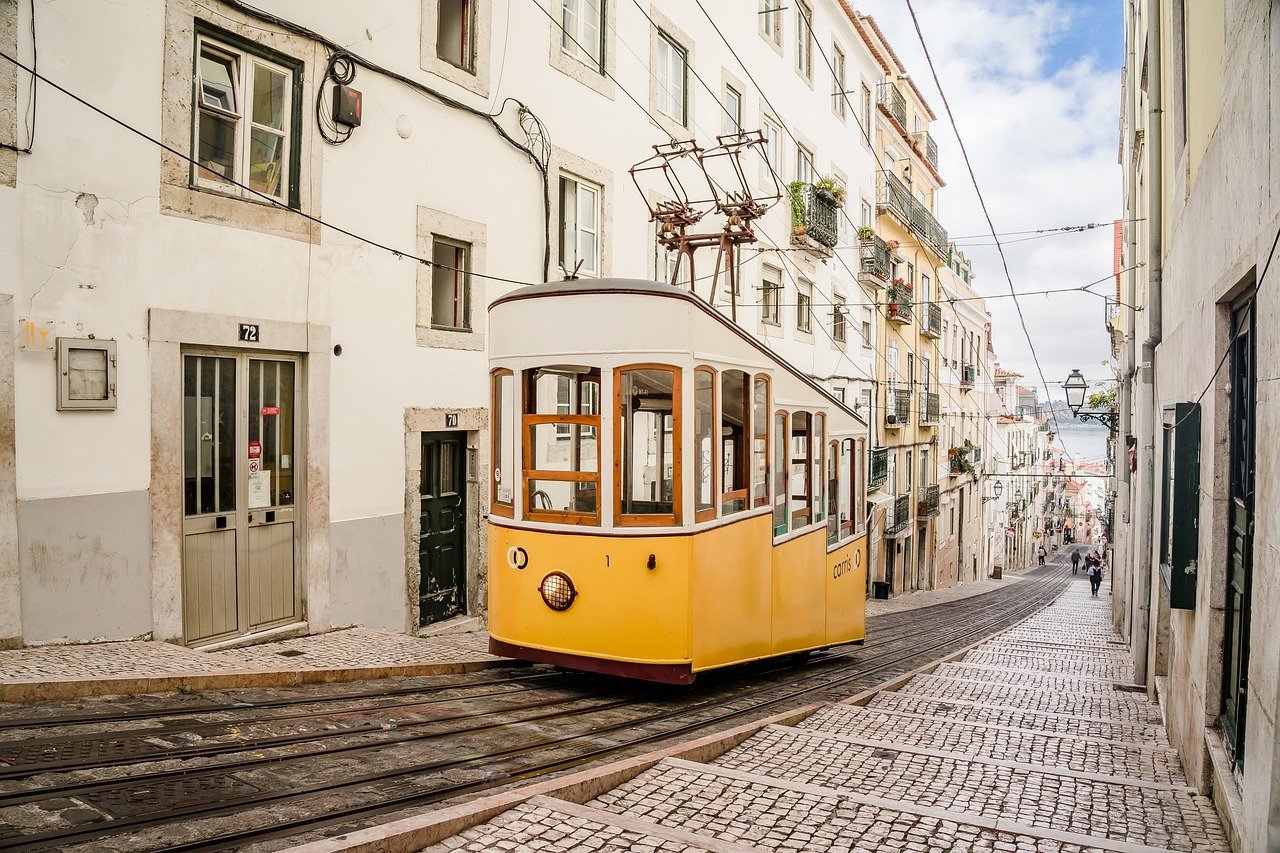People often forget about the Byzantine Empire when they think of Ancient Rome or the Renaissance. It lasted for more than a thousand years and left behind an amazing legacy. The Byzantine world is full of amazing things, like stunning mosaics that sparkle with gold and secluded mountain churches that have been echoing with prayer for hundreds of years. These are just a few of the many things that make it so special.
This article goes into great detail about the Byzantine Empire’s hidden wonders in the Balkans, Turkey, and the Middle East. These are places where travelers and history buffs alike can see amazing architecture, intricate art, and deep religious history. These treasures offer timeless beauty and insight into a civilization that shaped much of the medieval world, whether you’re an art lover who loves mosaics, a cultural explorer who wants to find hidden churches, or a historian who wants to follow the footsteps of emperors and saints.
Let’s look at some parts of Byzantium that you might not know about but will always remember.
1. Learning about the Byzantine Legacy

The Byzantine Empire, also known as the Eastern Roman Empire, officially began in 330 AD when Emperor Constantine I made Constantinople (now Istanbul) the new capital. Byzantium took on the Roman mantle, but it also made its own unique identity by combining Roman rule, Greek culture, and Christian faith.
Travel Smarter, Pack Better

Experience a carry-on built for travelers who value durability and sleek design. Its hard-shell exterior keeps your belongings protected wherever you go.
Move through airports with ease thanks to smooth 360° spinner wheels and a lightweight frame. Every detail is crafted to make travel feel effortless.
With smart interior compartments, this suitcase helps you stay organized on weekend trips or long adventures. Reliable, stylish, and ready for every journey.
Over time, its territory changed to include parts of the Balkans, Anatolia (Turkey), the Levant, and even North Africa. This wide reach left behind a wide range of artistic and architectural styles that can still be seen in different parts of the world today.
Read Also: A Timeless Guide to Paradise: Exploring Sealodge Beach, Kauai
Textbooks are full of pictures of famous places like the Hagia Sophia, but the real heart of the Byzantine world is often in less-traveled places like hidden sanctuaries, mosaics that shine in quiet chapels, and city ruins that tell stories of emperors, monks, and merchants.
2. Mosaics Outside of the Well-Known Places
Some of the best art in the world is still Byzantine mosaics. They weren’t just for show; they were spiritual and turned rooms into visions of heaven. Let’s find some lesser-known places that are just as beautiful and important to history as the big ones.
Kariye Mosque: (Istanbul’s Chora Church)

The Hagia Sophia is still more famous than the Chora Church (now Kariye Mosque), even though it is in Istanbul. But its mosaics are some of the best examples of late Byzantine art that are still around today, dating back to the 14th century.
Look at scenes from the lives of Christ and the Virgin Mary made of tesserae that shine like gold and jewels. The small size makes it feel like you’re stepping into a sacred jewel box, which makes it very spiritual. Because the building is now a mosque, Christian art has been covered up from time to time, but restorations often show glimpses of these great works of art.
Travel Tip: Before you go, check the current visiting conditions, as conservation work can sometimes make it harder to get to mosaics.
Chios, Nea Moni

Nea Moni, an 11th-century monastery, is a beautiful treasure that is hidden on the island of Chios. It is a UNESCO World Heritage Site and has some of the best Middle Byzantine mosaics.
These mosaics look otherworldly and show biblical scenes in bright blues and golds. Nea Moni’s art is more personal than the huge mosaics in bigger churches. Each figure is carefully made with expressive eyes and small gestures.
Nea Moni gives us a look at how art thrived during the so-called “Macedonian Renaissance” in Byzantium, which was a time of artistic revival.
Greece’s Hosios Loukas

One of Greece’s most interesting Byzantine sites is the Hosios Loukas Monastery, which is on the slopes of Mount Helicon near Delphi. It was built in the 10th century and has beautiful golden mosaics, marble walls, and a peaceful atmosphere that amazes visitors.
The mosaics here show a move toward more realistic figures, combining classical styles with Byzantine spirituality. Scenes like the Anastasis (Harrowing of Hell) show how powerful stories can be.
In addition to art, Hosios Loukas gives us a look at monastic life and architecture, with domed churches and octagonal plans that had an impact on later Orthodox design.
Churches You May Not Know That Are Like San Vitale

The octagonal shape and beautiful mosaics of Ravenna’s San Vitale inspired many churches in the Byzantine world. You can find echoes of San Vitale’s style in cities like Thessaloniki or in small Cappadocian chapels, but on a smaller scale. Look for these hidden gems to get up close and personal with mosaic art.
3. Churches and Monasteries That Are Hard to Find
Imperial basilicas are flashy, but simple monasteries and churches in the mountains, valleys, and cliffs keep the Byzantine spirit alive.
Turkey’s Sumela Monastery

The Sumela Monastery looks like something out of a medieval story. It clings to the cliffs along Turkey’s Black Sea coast. It was built in the 4th century and grew during the Byzantine Empire.
Faded frescoes on the inside show scenes from the Bible, saints, and angels. Some of the paintings have been damaged by time and vandals, but the ones that are still there are beautiful in a haunting way.
The setting is just as interesting as the art: a spiritual retreat in the woods and by waterfalls.
Ohrid, St. John of Kaneo

The tiny Church of St. John at Kaneo, which is located high above Lake Ohrid in North Macedonia, is one of the most beautiful Byzantine buildings in the Balkans.
It was built in the 1300s and has a cross-in-square plan and an elegant dome. It mixes Byzantine and Armenian styles. The inside is simple and has pieces of frescoes, but the real magic is in the setting—the church against the turquoise lake.
Read Also: A Timeless Guide to Exploring the Beauty of the Czech Countryside
Lake Ohrid is a UNESCO World Heritage Site and was once a very important place for learning and spirituality in the Middle Ages, following the example of Byzantium.
Saint Catherine’s Monastery, Sinai

The Monastery of Saint Catherine is technically in Egypt, but it is at the crossroads of the Byzantine world. It was built in the 6th century by Emperor Justinian and is one of the oldest working monasteries in Christianity.
It has a library full of ancient manuscripts that rivals the Vatican’s, and its collection of icons is the best in the world, including rare early icons that survived the Iconoclasm. The chapel mosaics, especially the one above the high altar that shows the Transfiguration, are amazing.
This remote monastery connects the spiritual traditions of Byzantium and the Holy Land, and both pilgrims and historians visit it.
Bulgaria’s Bachkovo Monastery

Bachkovo Monastery is in the Rhodope Mountains and is a mix of Byzantine, Georgian, and Bulgarian art styles.
Founded in 1083, it has frescoes of biblical scenes and local saints. The 17th-century murals are especially beautiful in color and detail. The quiet courtyards and wooded area add to its peaceful feel.
Bachkovo shows how Byzantine culture spread throughout the Balkans and mixed with local styles.
4. Cities and Fortresses in the Byzantine Empire Not on the Beaten Path
The Byzantine Empire had cities that were centers of art, trade, and defense, in addition to Constantinople. Many of them are now in ruins, but their remains bring back memories of their former glory.
Greece’s Mystras

Mystras is a beautiful medieval city that has been frozen in time just outside of ancient Sparta. It was once the capital of the Despotate of the Morea and was a stronghold for Byzantium in the 14th and 15th centuries.
Walk through churches with frescoes, climb the walls of fortresses, and be amazed by the palaces that used to be homes to Byzantine nobles. Mystras is a rare look at how people lived in cities in the late Byzantine period.
Ani, in eastern Turkey

Ani, which used to be called the “City of 1,001 Churches,” is on the border between Turkey and Armenia. It was as rich and beautiful as Constantinople in the 10th and 11th centuries.
It was not only Byzantine; it was also Armenian. It has architecture that is influenced by Byzantine styles, such as domed churches and stone carvings.
The ruins of Ani, which are spread out over a grassy plateau, tell stories of wealth, war, and leaving. Anyone who is interested in medieval history will never forget this place.
Albania’s Butrint

Butrint is a UNESCO World Heritage Site that is only a short drive from the Albanian Riviera. Its layers date back to the Greek, Roman, and Byzantine periods.
The Byzantine basilica and city walls from the 6th century show how much power the empire had over the Adriatic coast. Mosaic floors and baptismal fonts suggest that there was a strong Christian community. Butrint is a great place to visit that isn’t on the usual tourist path because it has both nature and archaeology.
Dara, in southeastern Turkey

Dara was a fortress city that protected the eastern edge of the empire near the border with Syria. Justinian built Dara in the 6th century. It had cutting-edge military architecture and hydraulic systems.
Dara’s ruins today show huge walls, cisterns, and buildings cut into rocks. It’s a rare look at how smart Byzantium was at defending itself in a place that tourists don’t often go.
5. The Lasting Artistic Language of Byzantium

Byzantine art lived on in the Balkans, Eastern Europe, and the Middle East even after the empire fell. The long figures, golden backgrounds, and spiritual symbols that are typical of this style still affect how Orthodox churches are decorated and how modern artists work.
Icons and Frescoes in Hard-to-Reach Places
Visitors to remote monasteries or mountain churches see icons and frescoes that tell the story of faith over the years. Art keeps the visual theology of Byzantium alive in places like the Treskavec Monastery in Macedonia and hidden Serbian monasteries.
Read Also: The Ultimate Guide to Sailing Trips for Solo Travellers
These pieces weren’t just for show; they were windows to the divine. In quiet chapels, you can feel the same spiritual pull that people did when they worshipped in the Middle Ages.
Influence on Art
Byzantine aesthetic ideas spread far beyond the borders of the empire, all over the Balkans and the Middle East. Armenian churches, Georgian monasteries, and Coptic churches in Egypt all used and changed Byzantine styles. Islamic art, on the other hand, took some ideas from Byzantine architecture and mosaics as it grew and changed.
This exchange between cultures reminds us of how the Byzantine world brought together traditions from the East and West, Christians and Muslims, Greeks and Slavs.
6. Advice for Finding Byzantine Hidden Gems

- Look into it: Some places are far away and may not have a lot of information for visitors.
- Wear clothes that aren’t too revealing: A lot of churches and monasteries are still places where people go to worship.
- Think about getting a guide: they can help you find stories and details you might miss on your own.
- Follow the rules for photography. In some places, flash or taking pictures is not allowed to protect fragile art.
- Take your time: Byzantine sites are often in beautiful natural settings, so take your time and enjoy them.
7. What the Byzantine World Still Means

It’s not just about beautiful art or old ruins when you look into the forgotten wonders of the Byzantine Empire. It’s about knowing how a civilization lasted for more than a thousand years and how it shaped religious practices, artistic standards, and political ideas that still affect our world today.
Visitors can feel the strong presence of a world that was both deeply spiritual and full of life, whether they are standing under a sparkling mosaic or walking through a ruined city that is now quiet.
8. The End
The forgotten wonders of the Byzantine Empire are hidden in mountains, islands, and forgotten cities from the Balkans to the Middle East. These places let you connect with a world of deep faith, great art, and historical importance. They are still timeless beacons that travelers, historians, and art lovers can find again.
So go off the beaten path. Take a quiet walk down a monastery hallway and follow the golden glint of a mosaic. Climb the walls of a long-lost castle. Stand in the quiet of a domed chapel that has been lit by centuries of prayer.
If we know where to look, the Byzantine Empire still speaks.













